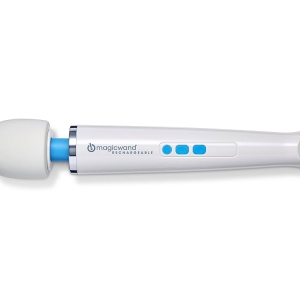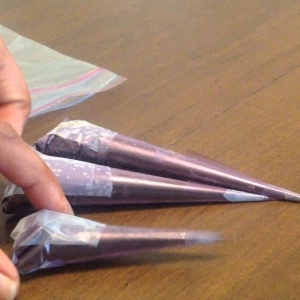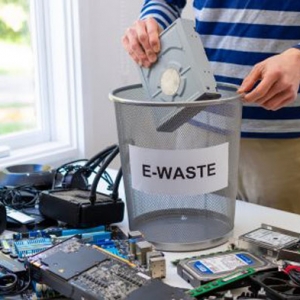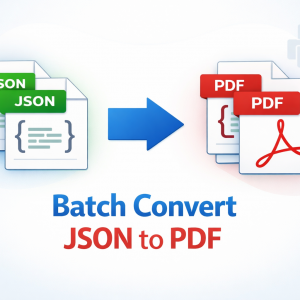In the evolving landscape of precision engineering and robotics, the demand for actuators that combine compact size, high torque, near-zero backlash and predictable motion control has never been higher. Among the various technologies in this field, the harmonic drive actuator distinguishes itself as a superb choice for applications that require exacting performance: from robotics arms to aerospace, from semiconductor manufacturing to automation systems.
What is a Harmonic Drive Actuator?
A harmonic drive actuator is a kind of servo or motion actuator that uses harmonic drive gearing (also known as strain-wave gearing) embedded within its mechanism. In essence:
-
The harmonic drive gearing consists of three main components: a wave generator, a flex spline, and a circular spline. The wave generator deforms (usually elliptically) the flex spline so that it engages the circular spline’s interior teeth. As the wave generator rotates, the flex spline moves relative to the circular spline, producing a high gear reduction ratio in a compact form.
-
Because the flex spline is flexible, and the circular spline is rigid, this design enables very tight tolerances and very low backlash (mechanical slack). It also provides high torque density and excellent repeatability.
An actuator based on harmonic drive integrates this gearing with a motor (brushless, AC or DC), encoders (often absolute or incremental), sometimes an integrated drive electronics (controller), and often specialized bearings or seals etc. Thus, the harmonic drive actuator is not just a gear box + motor, but a finely tuned system optimized for precision, durability and compactness.
Key Advantages
Here are some of the standout benefits of using harmonic drive actuators:
-
Zero or very low backlash: This is critical for applications where precise positioning is essential: robotics, optical systems, CNC, etc. Even small error can be magnified, so keeping backlash minimal is huge.
-
High torque in compact packages: Thanks to the strain-wave gearing, very high reduction ratios can be achieved in smaller volumes compared to conventional gearboxes. That means stronger torque output without bulk.
-
Excellent repeatability and positional accuracy: The integration of high resolution encoders and rigid construction yields very fine control, often down to arc-seconds (in rotary) or micron level in linear versions
-
Flexibility for integration: Many harmonic drive actuators offer hollow shaft configurations, allowing cable pass through, routing of hoses or wiring, etc. This makes them attractive for designs where you need central channels (e.g. robotic joints).
-
Durability and low maintenance: The fewer moving parts, less backlash, and precise manufacturing of strain wave gear components contribute to longer life and lower wear under controlled conditions. Also, the components like flex spline are designed for repeated flexing under load.
Limitations & Considerations
No technology is magic, and harmonic drive actuators have trade-offs or design considerations you must keep in mind:
-
Load & speed trade-off: Because of how strain wave gearing works, high torque often comes at reduced speed. If you need very rapid rotation with high torque, a harmonic drive must be carefully selected (gear ratio, motor power) or perhaps supplemented by other gearing.
-
Flex spline fatigue: The flex spline is designed to flex; but over many cycles and under high stresses, fatigue of the flexible elements and internal teeth can become a factor. Material choice, manufacturing quality, and correct loading (not overloading) matter.
-
Cost: Precision manufacturing, high-quality materials, integrated electronics etc., tend to make harmonic drive actuators pricier than more basic gearbox + motor combos. The premium tends to pay off where precision, long life, and performance are required.
-
Thermal & environmental issues: Heat dissipation, lubrication, sealing, protection from dust or moisture can affect performance. Some models are IP rated; others need special treatment in harsh environments.
Applications: Where Harmonic Drive Actuators Shine
Given their unique attributes, harmonic drive actuators find use in many sophisticated systems. A few examples:
-
Robotic Manipulators & Joints
Robotic arms (industrial, surgical, collaborative robots) demand precise control of each joint. Hollow-shaft harmonic drive actuators permit internal routing of cables, reduce bulk, while ensuring high torque and precision in movement. -
Semiconductor / Optic Equipment
In wafer handlers, lithography, optical inspection machines, achieving micron or sub-micron positioning is essential. Linear harmonic drive actuators or servo systems with harmonic gearing deliver the accuracy needed. Harmonic Drive+1 -
Aerospace & Defense
For control surfaces, satellite pointing mechanisms, gimbal systems, tracking, etc., the high reliability, low backlash, and high torque in limited weight/space make harmonic drive actuators an excellent choice. -
Automation & CNC Machines
Precision machining, high-end milling, engraving, packaging machines etc. benefit from smoother motion, less backlash, and stiff torque transmission. -
Medical Devices
Surgical robotics, diagnostic systems where movement must be ultra-precise and smooth; harmonic drive actuators offer the qualities required.
Choosing the Right Harmonic Drive Actuator
When selecting one for your system, here are criteria to evaluate:
| Factor | What to look for |
|---|---|
| Gear Ratio | Determines torque multiplication vs speed; higher ratio gives more torque but reduces speed. |
| Motor Type & Power | AC vs DC vs brushless, torque, rpm, continuous vs peak output. |
| Encoder Type | Absolute vs incremental, resolution, feedback protocol (e.g. CANOpen, EtherCAT). |
| Shaft Type | Hollow vs solid; does your application need through-hole for cables etc.? |
| Size, Weight & Form Factor | Space constraints, especially in robotic joints or tight enclosures. |
| Environmental Resistance | IP rating, operating temperature range, sealing, lubrication. |
| Duty Cycle & Load | Continuous vs intermittent loads, shock loads; mechanical life. |
| Integration (electronics) | Integrated drive vs separate controller; wiring complexity; safety features. |
Future Trends & Innovations
The field of harmonic drive actuator technology continues evolving:
-
Better materials & fatigue performance: New alloys, coatings, surface treatments to increase life of flex spline and teeth.
-
Higher integration: More actuators with onboard electronics, safety features, smart sensors, predictive maintenance.
-
Improved modelling & error compensation: Using data-driven methods (AI, ML) to model and correct small transmission errors or drift.
-
Miniaturization: Smaller actuators that still deliver high precision—useful in surgical robotics, micro-manipulation, optics.
-
Higher environmental robustness: IP65/IP67 rated for dusty or wet environments; vacuum compatible versions for space or semiconductor vacuums.
Conclusion
A harmonic drive actuator represents a powerful fusion of advanced mechanical design, high-precision gearing, and intelligent integration. If your project demands compact motion, minimal backlash, high torque, and exceptional accuracy, it’s likely one of the best solutions you can choose. As with any high-precision component, careful selection, good design integration, and awareness of limits are crucial to unlocking its full potential.







